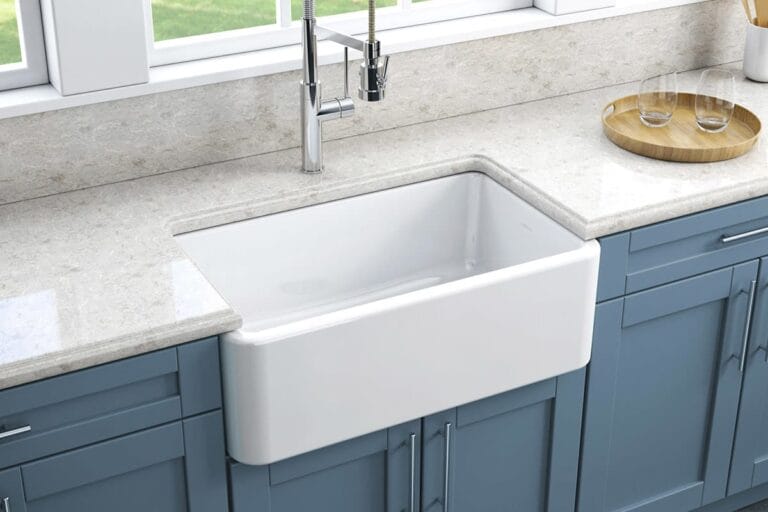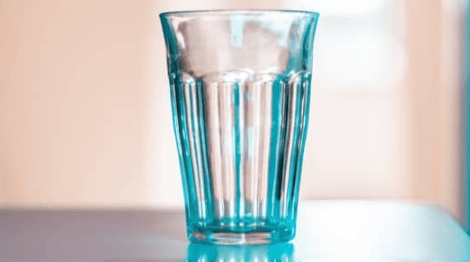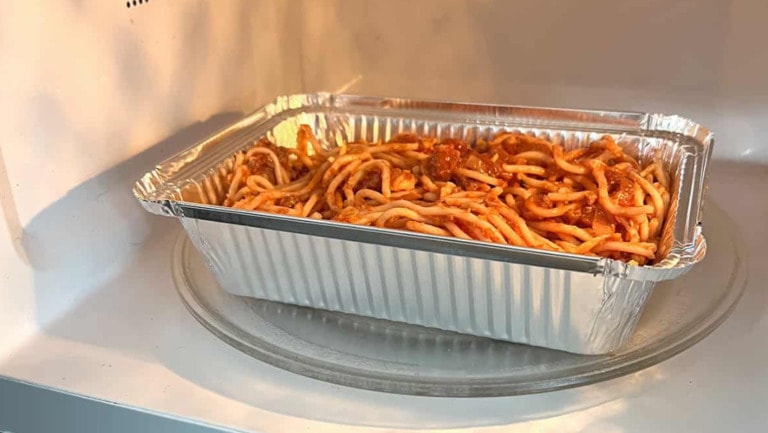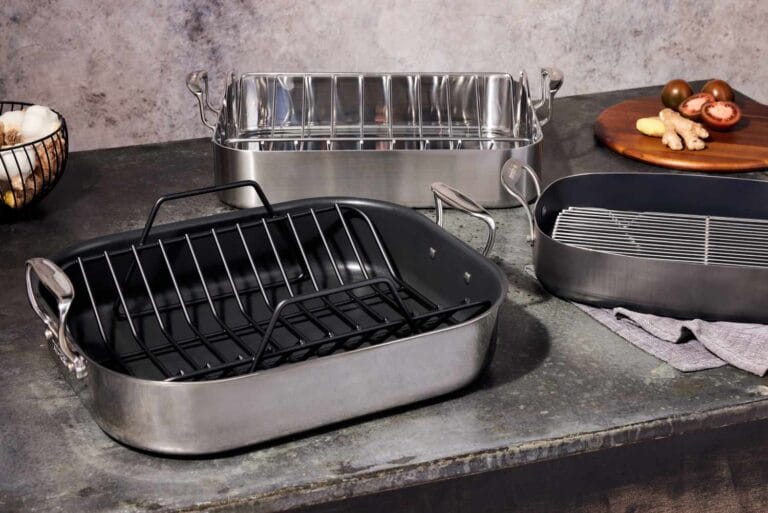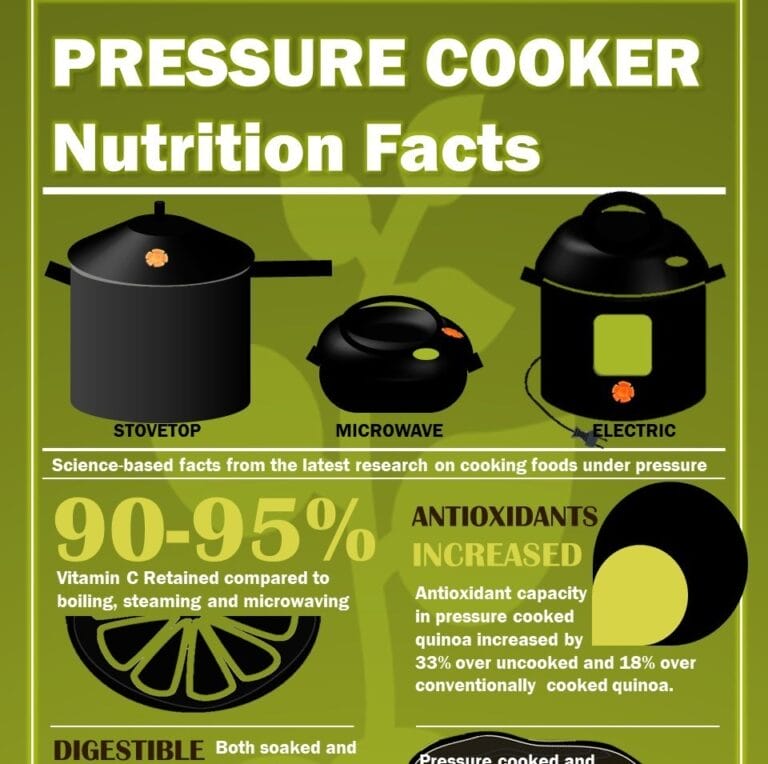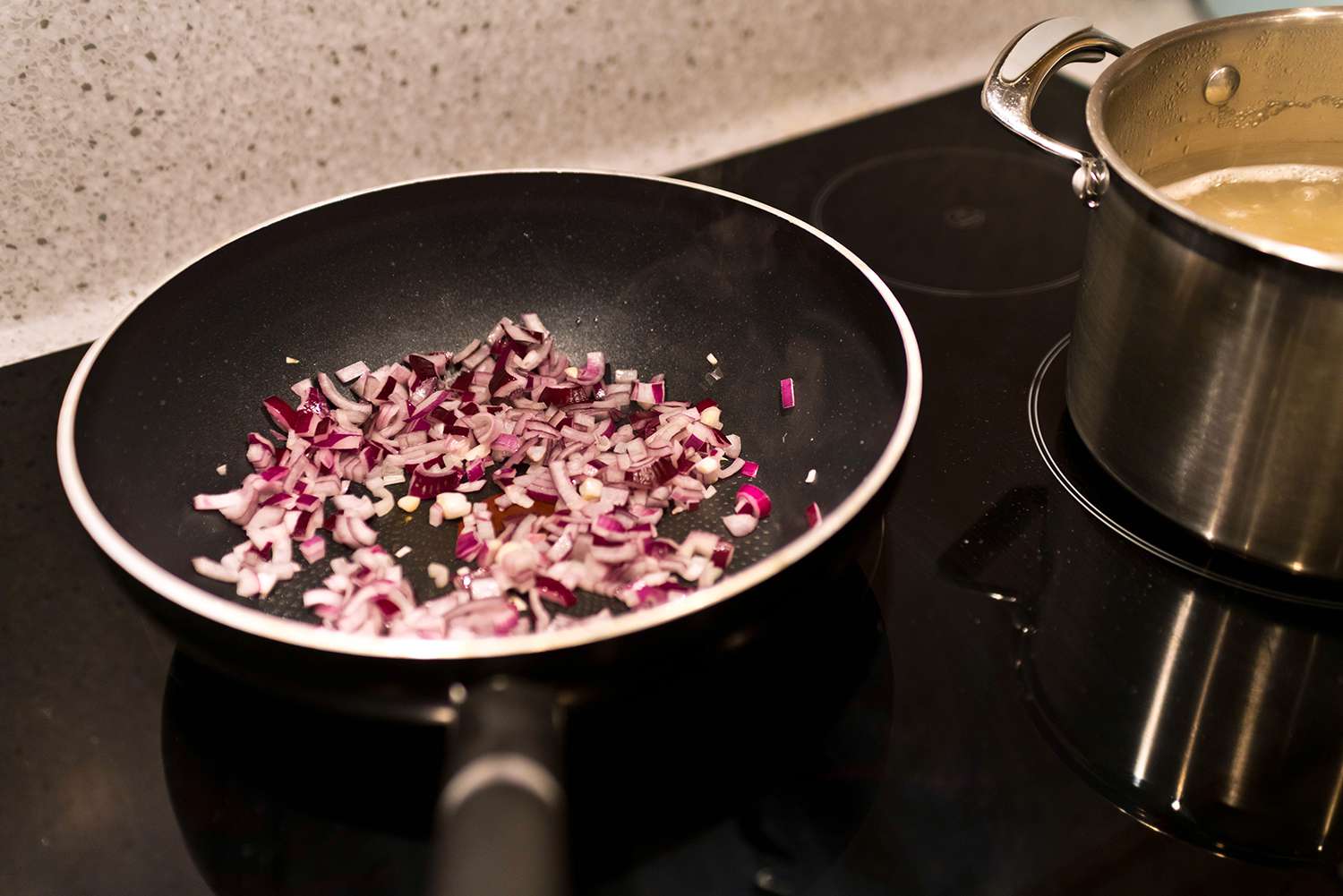
When it comes to cooking, choosing the right saucepan can make a world of difference. But how do you choose between a coated and uncoated saucepan? Let’s dive in and explore the pros and cons of each option.
Coated saucepans, also known as non-stick pans, have a special coating that prevents food from sticking. This makes them a breeze to clean and ideal for cooking delicate dishes like eggs or fish. On the other hand, uncoated saucepans, often made of stainless steel or cast iron, offer durability and even heat distribution.
So, whether you’re a budding chef or just starting your cooking journey, understanding the differences between a coated and uncoated saucepan is essential. Let’s explore which one might be the best fit for your culinary adventures.
Choosing Between a Coated and Uncoated Saucepan: Which Is Right for You?
Coated and uncoated saucepans each have their unique advantages. Consider these factors when choosing between them:
1. Heat distribution – coated pans provide even heat distribution, while uncoated pans may have hot spots.
2. Non-stick properties – coated pans make it easier to cook without sticking, while uncoated pans require more oil or butter.
3. Durability – coated pans may wear down over time, while uncoated pans are more durable.
4. Maintenance – Coated pans require gentle care to avoid scratching, while uncoated pans are more forgiving.
5. Versatility – coated pans are great for delicate foods, while uncoated pans are better for high-heat cooking. Consider your cooking needs and preferences when making your choice.
Coated Saucepans: Non-Stick Convenience
Coated saucepans, such as those with Teflon or ceramic-based coatings, have become increasingly popular in recent years.
The primary advantage of these pans is their non-stick properties, providing a hassle-free cooking experience. The non-stick surface allows for easy food release and reduces the need for excessive oil or butter.
Additionally, coated saucepans are generally easier to clean. The slick surface prevents food from clinging to the pan, requiring less time and effort to scrub off any residue. This convenience is particularly beneficial for those who lead busy lifestyles or simply dislike doing the dishes.
However, it’s essential to note that coated pans may not be suitable for high-heat cooking. These pans have a temperature limit and exceeding it can result in the release of harmful chemicals.
Furthermore, the coating can wear off over time, potentially exposing the underlying metal. Regularly inspecting and replacing a worn-out coating is crucial to maintain the pan’s non-stick properties.
Benefits of Coated Saucepans
- Non-stick surface for easy food release.
- Require less oil or butter during cooking.
- Easier to clean due to its non-stick properties.
Coated vs. Uncoated: Which Is Right for You?
When choosing between a coated and uncoated saucepan, it ultimately comes down to your cooking style and preferences. If convenience and easy cleanup are your top priorities, a coated saucepan may be the ideal choice.
However, if you frequently cook at high temperatures or prefer a more traditional cooking experience, an uncoated pan may suit you better.
Consider factors such as the types of dishes you frequently cook, your level of patience for cleaning, and your overall cooking goals to make the best decision for your kitchen.
Uncoated Saucepans: Versatility and Durability
Uncoated saucepans, also known as bare metal pans, have been a staple in kitchens for centuries. These pans are typically made of materials such as stainless steel, copper, or cast iron, offering unique advantages and considerations compared to their coated counterparts.
One of the key benefits of uncoated saucepans is their versatility. Unlike coated pans that have temperature limits, uncoated pans can withstand high heat without any concerns about damaging the coating.
This makes them suitable for various cooking techniques, including searing, browning, and deglazing. The ability to achieve a beautiful fond or crisp texture is highly valued by professional chefs and cooking enthusiasts.
Furthermore, uncoated saucepans tend to be more durable. The lack of a coating means that there is no risk of it peeling or scratching over time.
With proper care and maintenance, an uncoated pan can last for generations, making it a practical investment for those looking for long-term kitchen equipment.
Benefits of Uncoated Saucepans
- Versatility for various cooking techniques.
- Can withstand high heat without damage.
- Durability and long-term investment.
Care and Maintenance of Uncoated Saucepans
While uncoated saucepans offer several advantages, they do require additional care compared to coated pans. Without a non-stick coating, food can stick to the surface, making cleaning more challenging.
It is essential to develop proper cooking techniques, such as preheating the pan and using the right amount of oil, to prevent sticking as much as possible. Additionally, uncoated pans may require occasional seasoning to maintain their performance and prevent rusting.
In conclusion, choosing between a coated and uncoated saucepan depends on your cooking preferences and priorities. If non-stick convenience and easy cleanup are crucial to you, a coated pan is a great option.
On the other hand, if you value versatility, durability, and a more traditional cooking experience, an uncoated saucepan might be the better choice. Understanding the pros and cons of each type will help you make an informed decision and ensure you have a saucepan that perfectly suits your needs in the kitchen.
Frequently Asked Questions
When it comes to choosing between a coated and uncoated saucepan, you may have some questions. Here are the answers to the most common queries related to this topic.
1. What is the difference between a coated and uncoated saucepan?
A coated saucepan typically has a non-stick or enamel coating on the inside, which prevents food from sticking and makes cleaning easier.
On the other hand, an uncoated saucepan is made of materials like stainless steel or copper, without any added coating. Uncoated saucepans are known for their excellent heat conductivity and durability.
The decision between the two depends on your cooking preferences and needs. Coated pans are great for delicate foods and when you want easy cleaning, while uncoated pans are ideal for tasks that require high heat and browning.
2. Which type of saucepan is better for health-conscious cooking?
Both coated and uncoated saucepans have their advantages when it comes to health-conscious cooking. Coated pans require less oil and fat for cooking, as the non-stick surface prevents food from sticking. However, it’s important to choose high-quality coatings that are free from harmful chemicals like PFOA and PTFE.
Uncoated pans, particularly those made of stainless steel, are considered safe and non-reactive. They don’t release any potentially harmful substances into the food, even at high temperatures. To ensure a healthy cooking experience, opt for high-quality materials, and avoid non-stick coatings that may degrade over time.
3. Can you use metal utensils with both coated and uncoated saucepans?
When it comes to coated saucepans, it’s best to avoid using metal utensils, as they can potentially scratch or damage the non-stick coating. Instead, opt for silicone, wooden, or plastic utensils that are gentle on the surface. This will help prolong the lifespan of the coating and maintain its non-stick properties.
On the other hand, uncoated saucepans are more durable and can handle the use of metal utensils. However, it’s still important to exercise caution when using metal utensils to avoid scratching the surface or causing any damage.
4. Which type of saucepan is easier to clean?
Coated saucepans, thanks to their non-stick coating, are generally easier to clean. Food residue tends to slide off more easily, making the cleaning process relatively simple. However, it’s important to follow the manufacturer’s instructions for proper care to prevent scratching or damaging the coating.
Uncoated saucepans may require a little more effort when it comes to cleaning, especially if food gets stuck to the surface. However, with proper care and cleaning techniques, like soaking and using mild detergents, they can also be kept in great condition.
5. Are coated or uncoated saucepans more expensive?
In general, coated saucepans tend to be more expensive than uncoated ones due to the additional manufacturing processes involved in creating the non-stick coating. The quality of the coating and the brand also play a significant role in the price.
Uncoated saucepans, particularly those made of stainless steel or other durable materials, can be more affordable. However, prices can vary depending on the brand, size, and overall quality of the saucepan.
Choosing between a coated and uncoated saucepan depends on your cooking preferences and needs. Coated saucepans, like non-stick ones, are great for easy clean-up and cooking delicate foods.
However, they can be easily scratched, and chemicals may leach into your food. On the other hand, uncoated saucepans, like stainless steel ones, are durable, safe, and versatile. They are perfect for browning and searing, but require more effort to clean.
In the end, it’s important to consider factors like your cooking style, cleaning preferences, and health concerns when deciding between a coated and uncoated saucepan.

